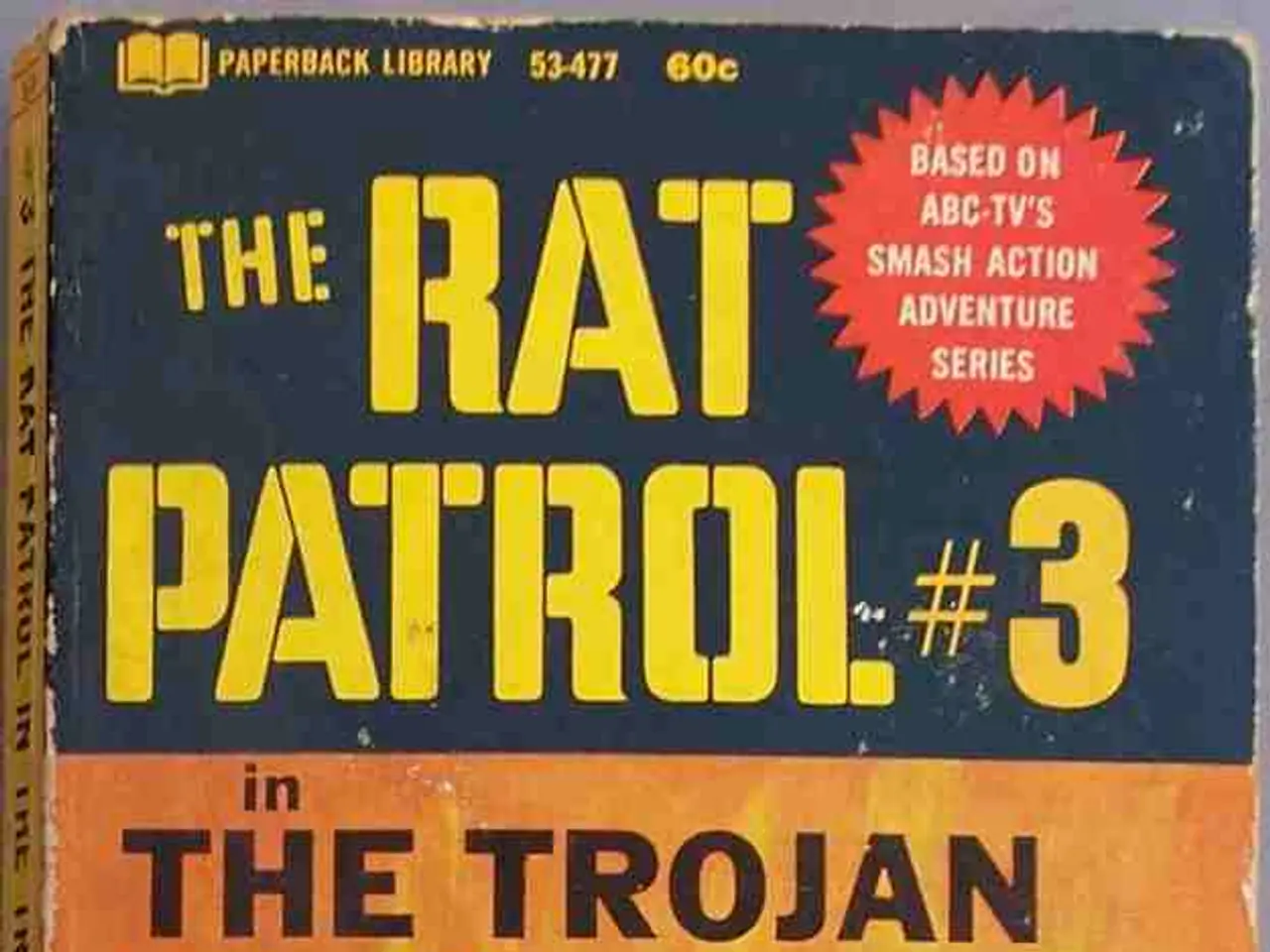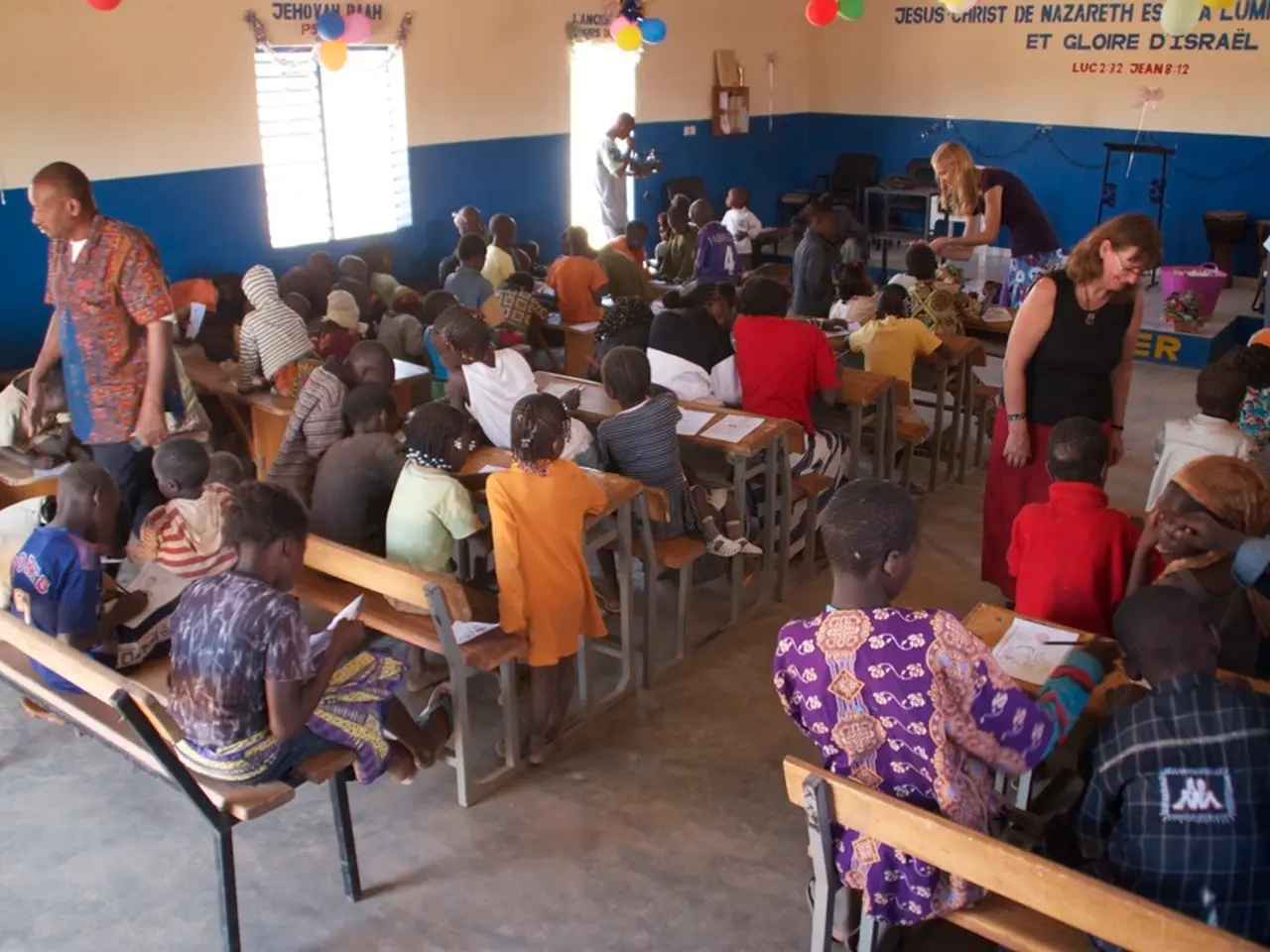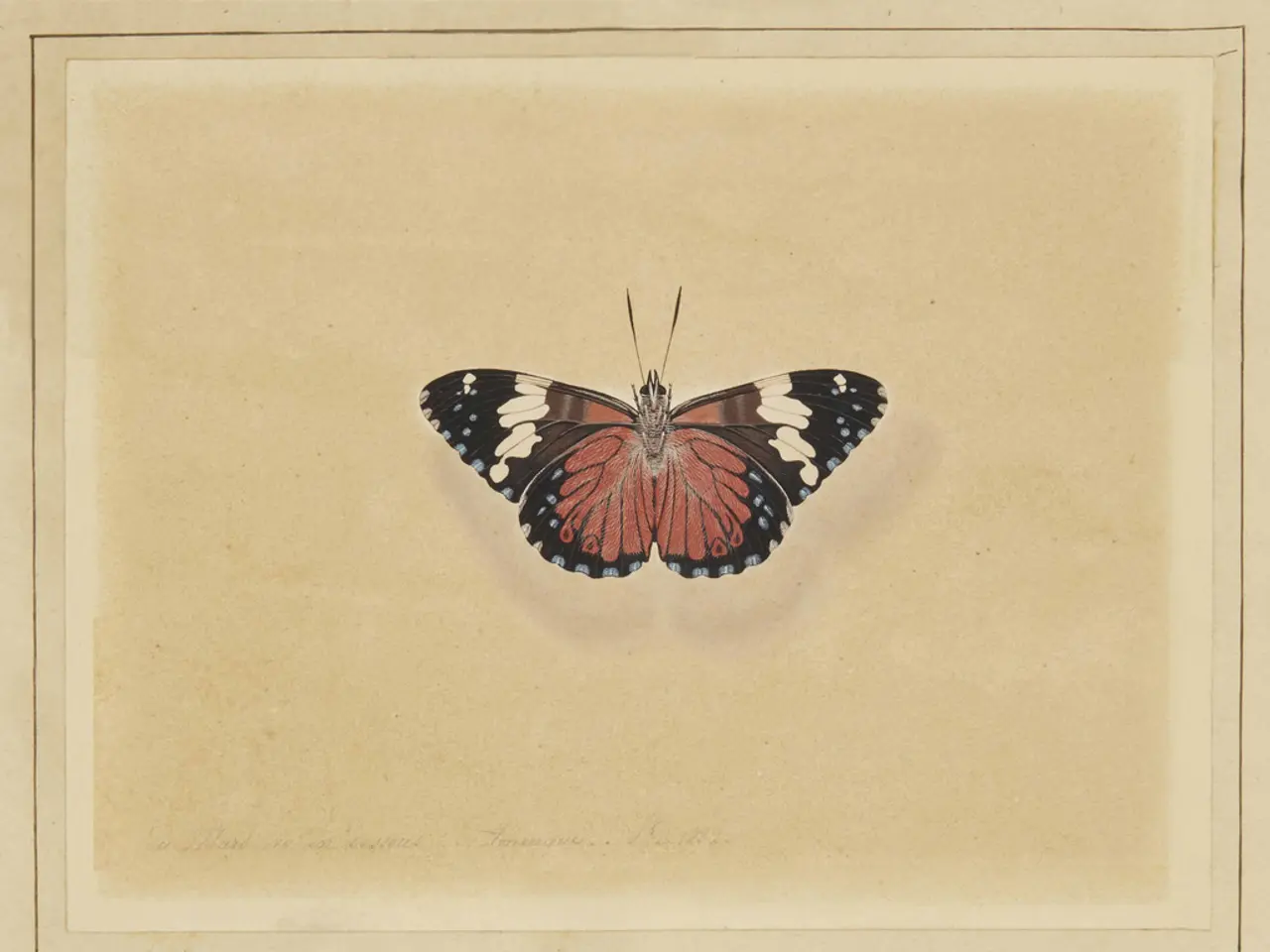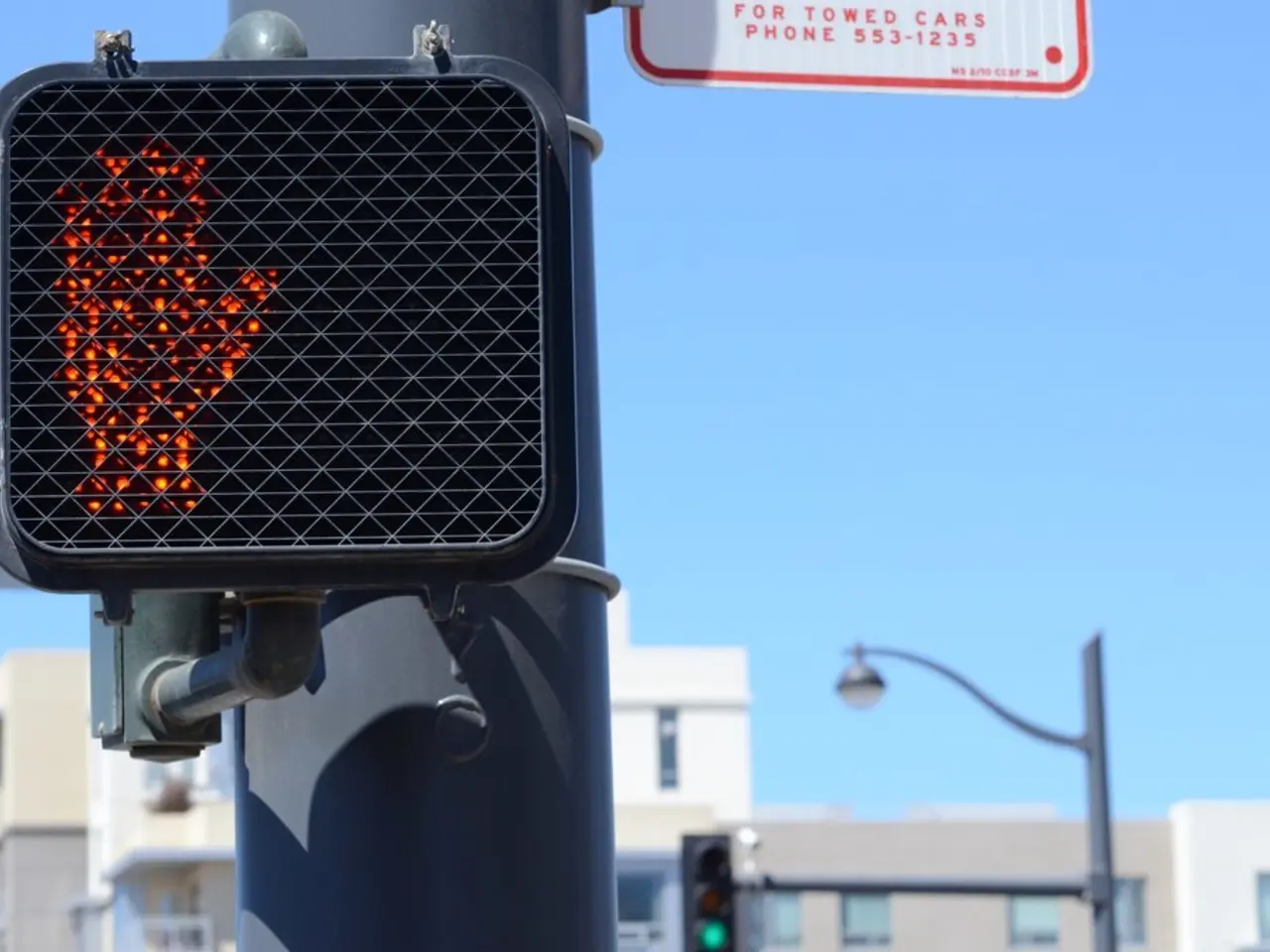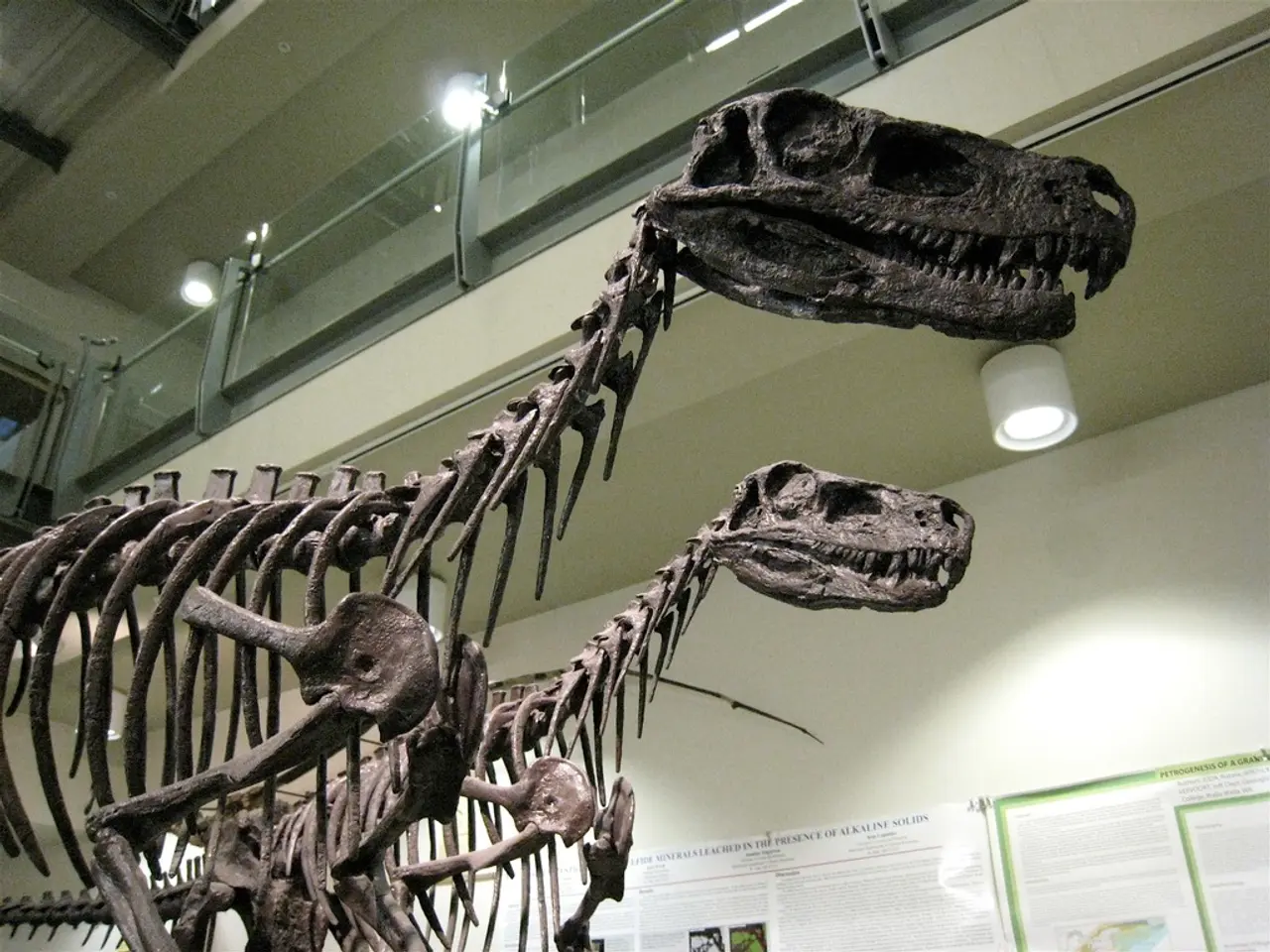U.S., be aware: Russia's message is unequivocal.
The ongoing conflict in Ukraine remains a point of contention between the United States and Russia, with recent high-level talks failing to produce a firm ceasefire or peace agreement.
On August 6, 2025, US Special Envoy Steve Witkoff met with Russian President Vladimir Putin for three hours at the Kremlin, a meeting described by President Donald Trump as "highly productive." However, no specific agreements have been announced so far.
Key points of contention include the terms for a ceasefire, territorial control, sanctions, and trade partners. The US has set strict deadlines for Russia to agree to a ceasefire, but Moscow has been reluctant to accept terms that could be perceived as surrendering territorial gains made in Ukraine.
Russia seeks recognition of control over territories it occupies, including Crimea, while the US has pressured Ukraine and Russia on this sensitive issue. Past negotiations reportedly showed some willingness from the US to concede some Russian demands, but resistance remains strong.
The US maintains sanctions on Russia and threatens secondary sanctions on countries like India and China that continue trading with Russia. Despite talks, Russia has escalated air strikes in Ukraine, causing significant casualties, which the US publicly condemns and cites as a reason for hardening its stance.
A planned summit between Putin and Trump might happen soon, signaling ongoing diplomatic engagement but no clear breakthrough yet. Russian officials have framed some US ultimatums as provocative threats, illustrating the fragile and confrontational nature of current diplomacy.
In a positive development, Ukraine and Russia are currently organizing an exchange of 1,200 prisoners of war each, an agreement that was originally agreed upon during the third round of peace talks in Istanbul on July 23.
Meanwhile, in other developments, a Ukrainian drone strike has caused a fire in a train station building in the southern region of Volgograd, but no damage to the tracks has been reported. Russia is preparing to intensify its drone warfare, with a goal to ramp up production this year to as many as 40,000 Shahed/Geran-2 combat drones.
One civilian was killed in Russian shelling in the village of Antoniwka in the Cherson region, while three people have been killed in the Ukrainian region of Saporischschja due to Russian attacks, according to official reports. Ukrainian President Volodymyr Selenskyj has condemned Russian attacks on civilian targets.
The Russian and Chinese navies are conducting joint artillery and anti-submarine warfare exercises in the Sea of Japan. The US special envoy Witkoff is traveling to Russia later than originally announced, and in the past 24 hours, Ukrainian forces report 183 clashes with Russia, with the most intense fighting in the Pokrovsk region.
In summary, while direct high-level talks are underway and some diplomatic progress is hinted at, fundamental disagreements over ceasefire conditions, recognition of territorial control, and sanctions persist as major obstacles to resolving the Ukraine conflict diplomatically.
- The Community policy of the United States and its interpretation of war-and-conflicts, as demonstrated in the ongoing Ukraine conflict, notably centers around the imposition of strict deadlines for Russia to agree to a ceasefire and the threat of sanctions against countries that continue trading with Russia.
- The employment policy of Russia, as reflected in the ongoing Ukraine conflict, aims to secure recognition of control over territories it occupies, such as Crimea, but this has been met with resistance from the US and Ukraine, contributing to the politics surrounding the general-news of the conflict.
